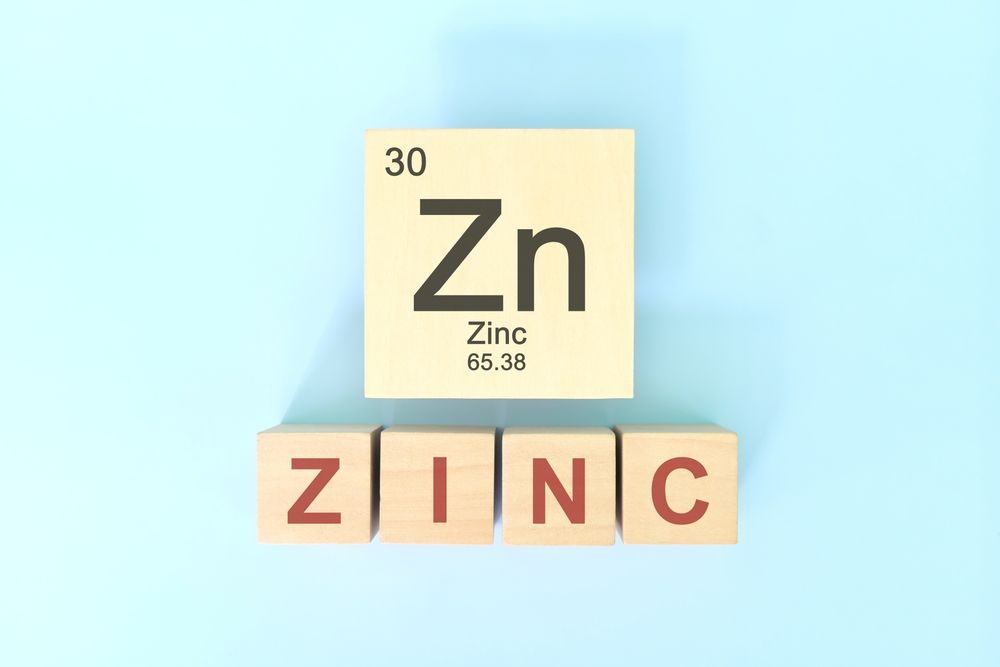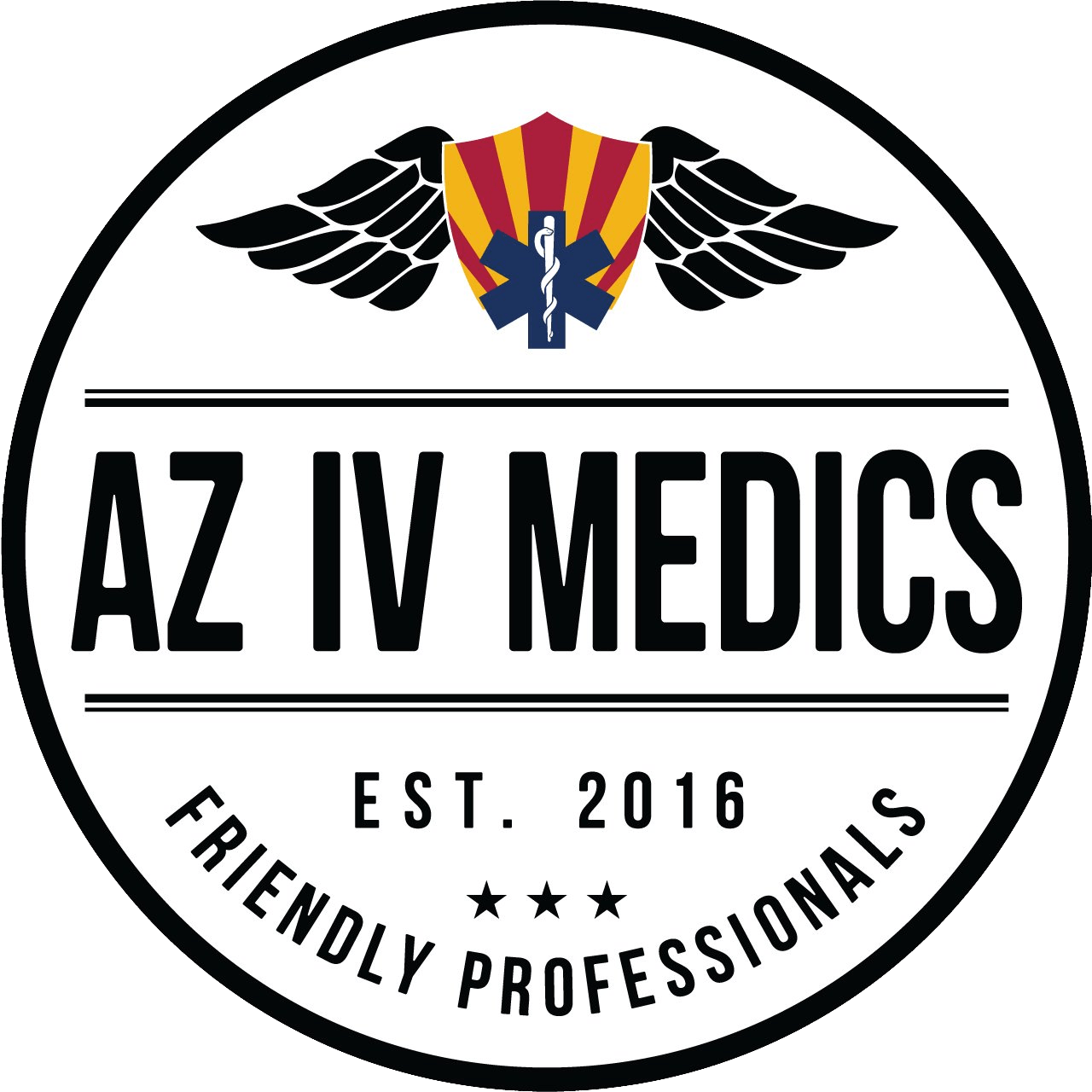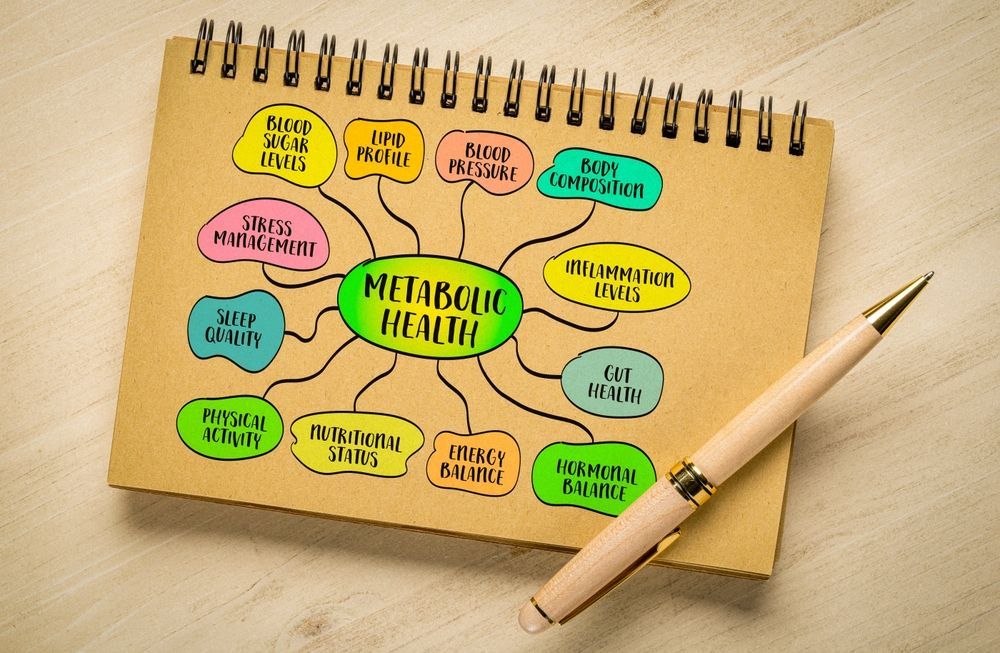The Benefits of Adding Zinc to Your IV Therapy

Zinc is an essential mineral that plays a crucial role in various biological functions. It's particularly gaining attention in the context of intravenous (IV) therapy, as healthcare providers explore its potential benefits for patients. This article delves into the advantages of incorporating zinc into IV therapy, outlining its significance, scientific backing, health benefits, safety considerations, and practical guidance for integration.
Understanding the Role of Zinc in the Human Body
Zinc is a trace element that is vital for numerous physiological functions. It is involved in protein synthesis, DNA synthesis, and cellular division. This mineral also plays a key role in maintaining immune function and acting as an antioxidant, which helps protect cells from damage.
Moreover, zinc contributes to wound healing and supports normal growth and development during pregnancy, childhood, and adolescence. Given its wide-reaching effects, maintaining adequate zinc levels is essential for overall health. The human body does not store zinc, which means it must be obtained regularly through diet or supplementation to ensure optimal physiological processes.
The Essential Functions of Zinc
The importance of zinc in the human body cannot be overstated. Some of its essential functions include:
- Regulating enzymatic reactions, as zinc is a cofactor for over 300 enzymes.
- Supporting immune function by promoting the activity of immune cells.
- Facilitating hormone production, including insulin, which is crucial for blood sugar regulation.
Understanding these roles helps to appreciate why zinc supplementation can be beneficial, especially in specific health contexts, like IV therapy. Additionally, zinc's role in the synthesis of proteins and nucleic acids underlines its importance in growth and development, making it particularly crucial for athletes and individuals undergoing physical rehabilitation. The mineral's involvement in taste and smell also highlights its significance in dietary enjoyment and nutrition, further emphasizing the need for adequate intake.
Zinc Deficiency: Causes and Symptoms
Zinc deficiency is a global health concern, often attributed to inadequate dietary intake or absorption issues. This deficiency can lead to a range of symptoms including:
- Increased susceptibility to infections.
- Delayed wound healing.
- Loss of appetite and weight loss.
- Skin lesions and hair loss.
Recognizing these symptoms is important, as they can significantly impede recovery and overall well-being. Identifying and addressing zinc deficiency, particularly in patients undergoing IV therapy, can enhance treatment outcomes. Furthermore, certain populations are at a higher risk of deficiency, including vegetarians, pregnant and breastfeeding women, and the elderly. This highlights the importance of tailored dietary planning and potential supplementation strategies to ensure that vulnerable groups receive adequate zinc to support their health needs.
The Science Behind Zinc and IV Therapy
IV therapy is a medical procedure that delivers fluids, medications, and nutrients directly into the bloodstream. This method is often used for rapid replenishment of essential nutrients, particularly in patients with malabsorption issues or those requiring immediate relief from symptoms.
Incorporating zinc into IV therapy is an innovative approach that leverages its numerous benefits to enhance patient care and recovery processes.
The Process of IV Therapy
IV therapy involves several steps, beginning with an assessment of the patient’s needs and medical history. Healthcare providers select appropriate intravenous solutions that may include electrolytes, vitamins, minerals, and medications.
Once the IV is prepared, a healthcare professional will insert a catheter into a vein to administer the solution. This process allows nutrients to enter the bloodstream swiftly, providing prompt therapeutic effects. Adding zinc to this process can maximize its health benefits.
How Zinc Enhances IV Therapy
Integrating zinc into IV therapy can significantly augment its therapeutic effects. By speeding up recovery and improving immune responses, zinc not only supports physical health but can also aid in mental wellness during challenging health situations.
Furthermore, using zinc in this therapeutic setting can help with the absorption of other essential nutrients and medications, enhancing overall effectiveness.
Health Benefits of Zinc in IV Therapy
Incorporating zinc into IV therapy provides multiple health benefits, making it an appealing option for many patients. Below are some significant advantages.
Boosting the Immune System
Zinc plays a pivotal role in the functioning of immune cells, such as T-cells and neutrophils. By delivering zinc directly into the bloodstream through IV therapy, patients can experience enhanced immune responses, which is particularly beneficial during infections or healing processes.
Accelerating Wound Healing
Zinc is crucial for tissue repair and regeneration. Its anti-inflammatory properties help promote faster wound healing, making zinc supplementation vital for patients recovering from surgeries or traumatic injuries.
Improving Mental Health
Emerging research suggests a link between zinc levels and mental health outcomes. Adequate zinc intake can help alleviate symptoms of depression and anxiety, which can be particularly important for patients facing extended treatments or hospital stays.
Safety and Considerations for Zinc in IV Therapy
While zinc has numerous benefits, it’s essential to consider safety and best practices when integrating it into IV therapy.
Potential Side Effects
Although rare, some individuals may experience side effects from zinc supplementation. Potential side effects can include:
- Nausea or vomiting.
- Diarrhea.
- Headaches.
Patients should communicate with their healthcare providers about any adverse reactions to ensure safe practices during treatment.
Who Should Consider Zinc IV Therapy?
Zinc IV therapy may be particularly beneficial for:
- Individuals with diagnosed zinc deficiency.
- Patients recovering from surgery or injuries.
- Healthcare users facing chronic illnesses that impair zinc absorption.
Consulting with a healthcare professional is crucial to determine if this therapy aligns with individual health needs.
How to Incorporate Zinc into Your IV Therapy
For those considering zinc IV therapy, there are specific steps to ensure a safe and effective process.
Consulting with a Healthcare Professional
The first step is to schedule an appointment with a healthcare provider who is knowledgeable about IV therapies. They can evaluate your health status, conduct necessary tests, and discuss whether zinc supplementation is suitable for your treatment plan.
Preparing for Your IV Therapy Session
Preparation for an IV therapy session may involve dietary recommendations and ensuring you are well-hydrated. Discuss any concerns or questions with your healthcare provider before your appointment to maximize the benefits of the procedure.
Post-Therapy Care and Maintenance
After receiving zinc IV therapy, patients should follow healthcare providers’ recommendations for post-care, including hydration and monitoring for any side effects. Maintaining a balanced diet rich in zinc can also complement the effects of the therapy.
In conclusion, integrating zinc into IV therapy can provide a host of benefits, from supporting immune health to accelerating recovery processes. As always, collaborating with healthcare professionals is vital for optimal health outcomes.










